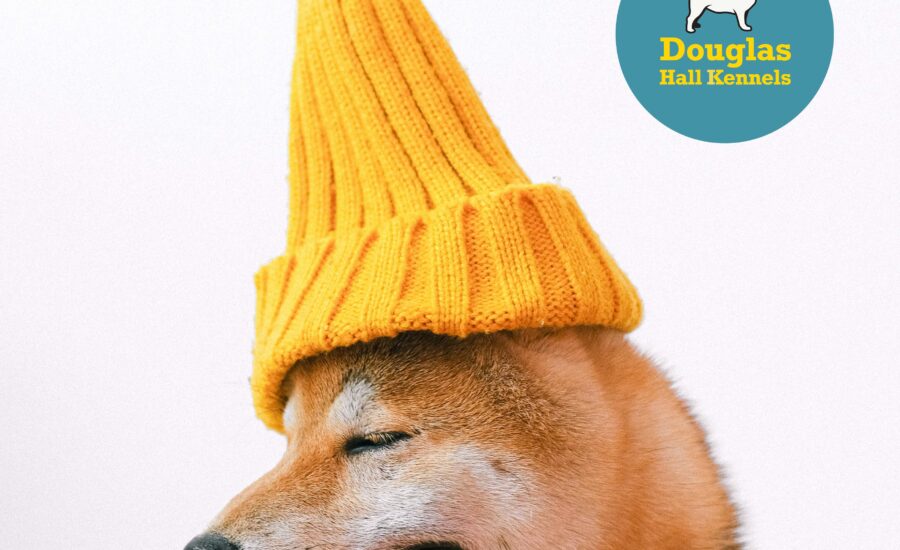How to keep your dog calm on Bonfire Night
This is the time of year that so many owners dread, when their normally happy dogs suddenly become quivering wrecks, completely traumatised by fireworks. Bonfire Night might be just a single date on the calendar, but from October to new year the night air is filled with bangs, crackles, and flashing lights as people host celebrations.
1. Diary dates
Contact your local council and ask for details of local displays so that you can make arrangements to help your dog cope. In addition, ask your neighbours to let you know if they are planning any firework celebrations in their garden. If you don’t know your neighbours well, write a polite note explaining that you have a nervous dog and ask them for details of any parties they might be planning.
2. Big bang theory
Buy a CD of thunderstorms and firework noises to help desensitise your dog to loud bangs. Play the CD at a low volume initially, while doing something he likes such as feeding him treats, playing a game, or stroking him. This isn’t a quick fix, but will help to build positive associations and you can gradually turn up the volume until your dog tolerates the noise.
3. It’s a wrap
Consider investing in an anti-anxiety wrap, such as a Thundershirt, for your dog. There is some evidence that dogs find the constant, gentle pressure of a wrap comforting, in much the same way as a crying baby is soothed when swaddled in a blanket. You can put the shirt on your dog before, during, and after the firework display and help reduce symptoms of anxiety such as shaking, panting, drooling, and hiding.
4. Safe haven
Training your dog to go in a crate can be very useful, particularly if he is anxious about certain situations. Choose a nice big crate and place it in the centre of the house, away from windows and walls, but leave the crate door open. Place a comfy bed inside, with extra blankets for him to burrow in, plus a selection of tasty treats, a stuffed Kong, and some favourite toys. Cover the crate with a blanket and tune your radio to a classical channel.
5. Shaken, not stirred…
Stock up on some action movies. Choose ones with plenty of explosions, car chases, and loud music – James Bond’s ‘Skyfall’ is a perfect example. On the big night draw the curtains, close the doors, turn up the surround sound on the TV, and cosy in with your dog until it’s all over.
6. Comforting
Comforting a scared puppy/dog won’t necessarily reinforce his fear, despite what you may read or be told by other dog owners. In certain circumstances, it is OK to hold and comfort your dog if he seems worried, but if he prefers to hide behind the sofa that’s absolutely fine too!
7. Trick and treat
You can try to distract your dog from the commotion outside by doing fun things indoors such as playing retrieve or trick training, offering tasty treats, toys, and verbal praise as rewards. You can also try some gentle Tellington TTouch moves to help him relax. Using very light pressure, move the dog’s skin in tiny circles.
8. To the rescue
If your dog shows signs of extreme phobia, ask your vet for advice. Your vet may prescribe anti-anxiety medication, or suggest that for a couple of weeks before Bonfire Night you use a dog-appeasing pheromone (Adaptil) plug-in or spray to help soothe his fears. There are a number of natural remedies that some owners find helpful, such as Bach Rescue Remedy for Pets. Alternatively, Dorwest Herbs’ Scullcap and Valerian tablets may help to restore peace and tranquility.
9. Early birds
Exercise your dog earlier in the day to help relax him. Offer food a couple of hours before the event and provide lots of fresh water. Schedule your last walk of the day at dusk, well before the fireworks are due to start. Check that your dog’s collar fits properly and his ID tag and microchip details are up to date just in case the worst happens and he does panic and somehow manages to run away. Finally, never try to force your dog to face up to his fears by making him watch a firework display, as this could be extremely stressful for him.
10. Fear not
If none of these suggestions help to improve your dog’s fears or the situation worsens, then ask your vet for a referral to a qualified animal behaviourist for professional assessment and advice.
Signs of anxiety in dogs
- Vocalising.
- Trembling/shaking.
- Cowering and hiding.
- Salivating.
- Decreased activity.
- Pacing.
- Panting.
- Urination and soiling.
- Destructive behaviour.
- Yawning.
- Scratching.
- Refusing to eat.

